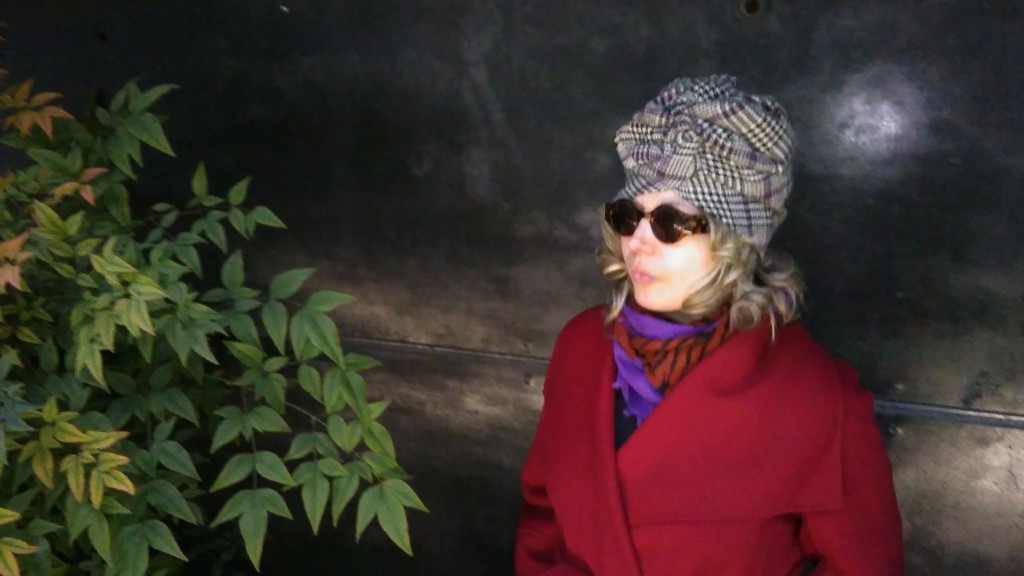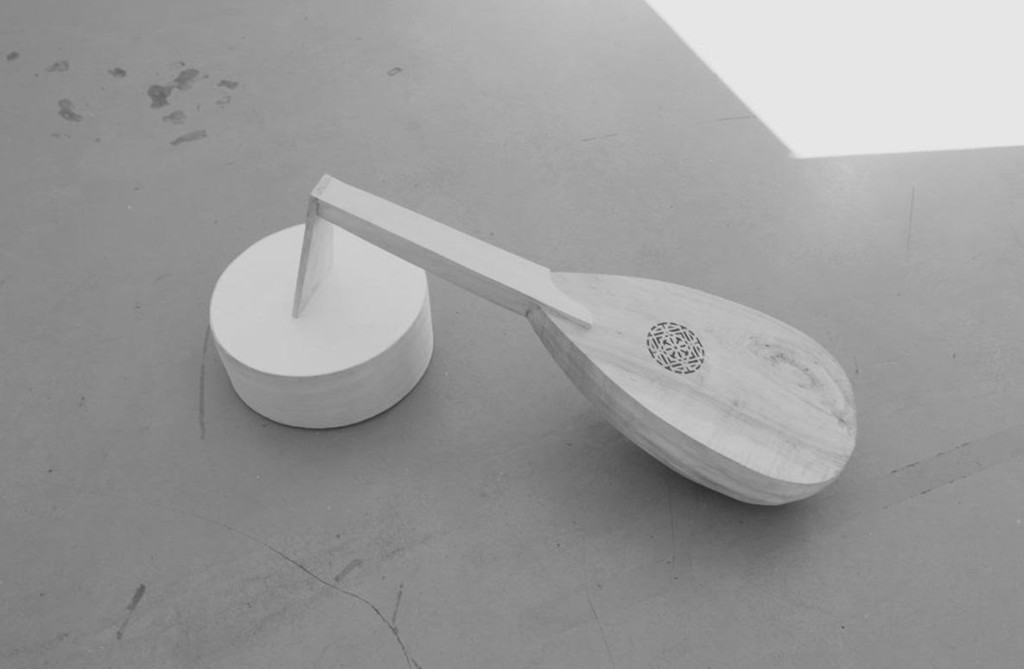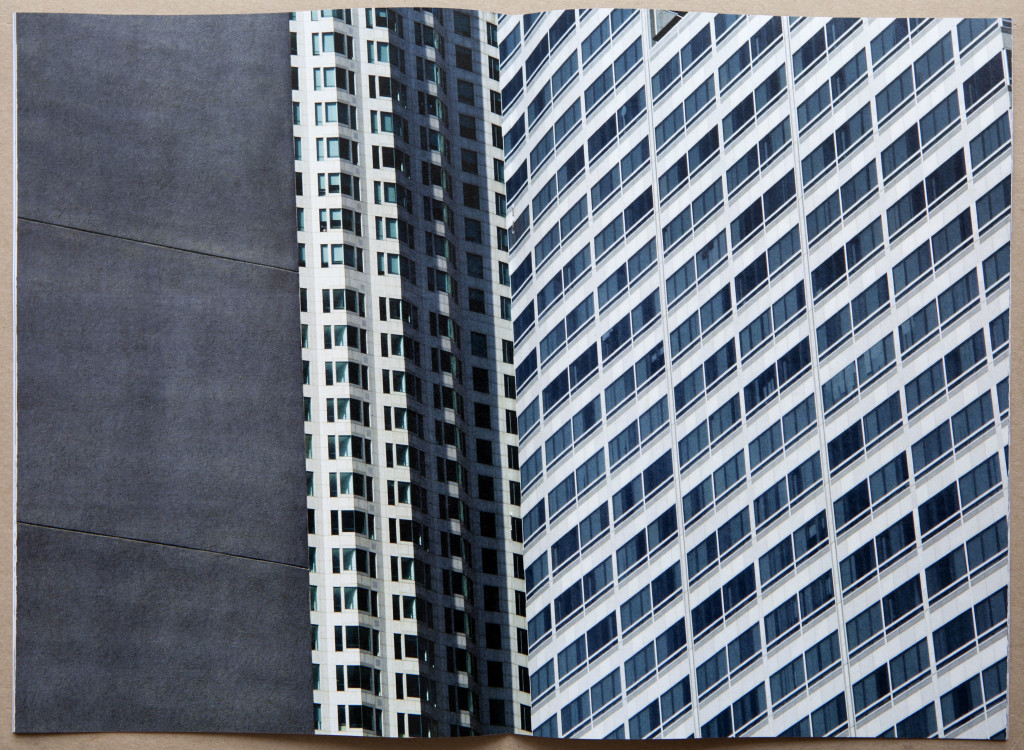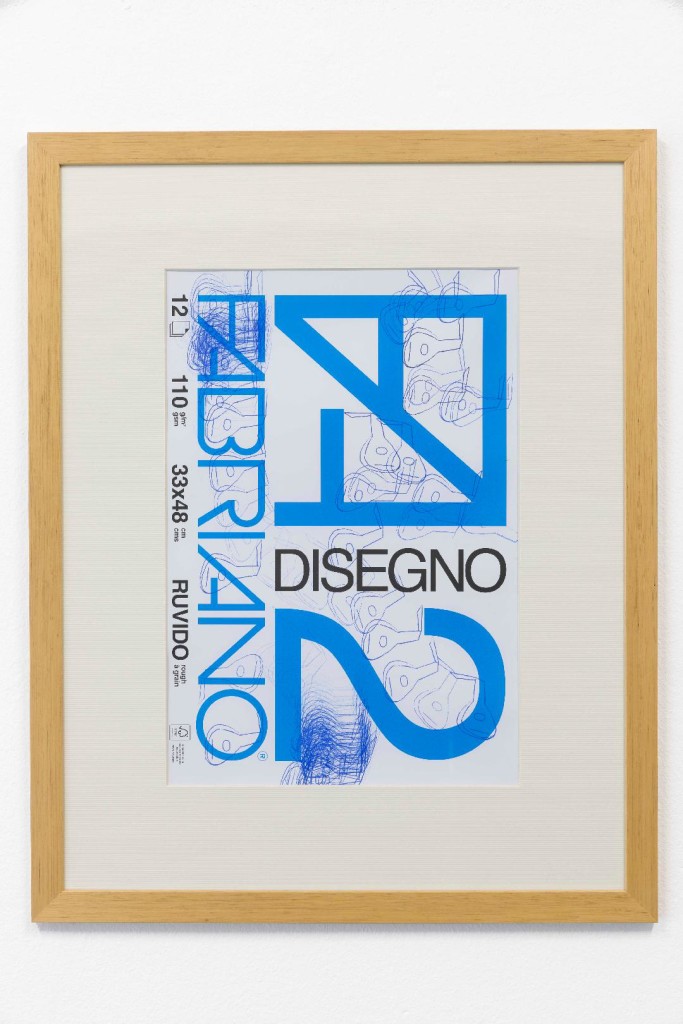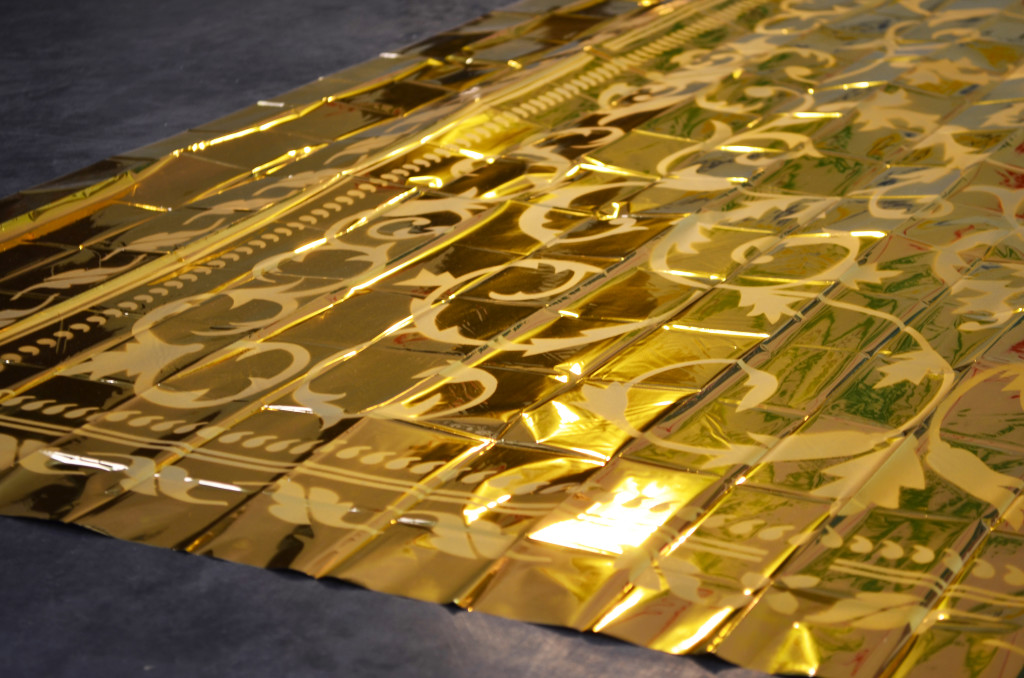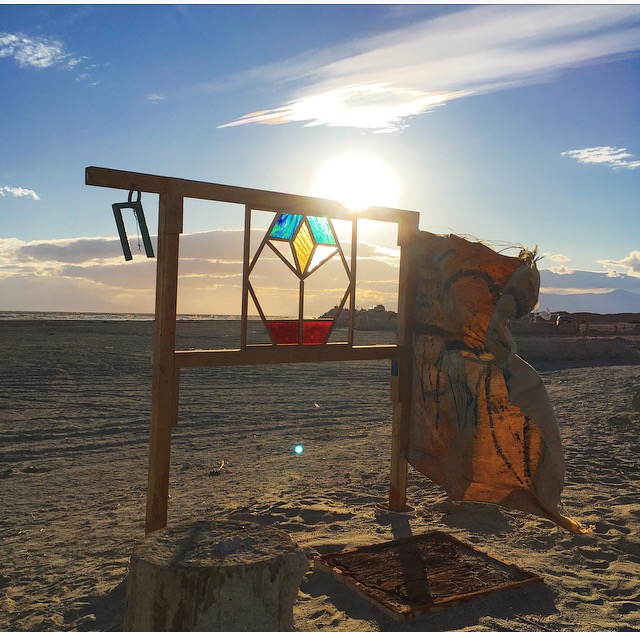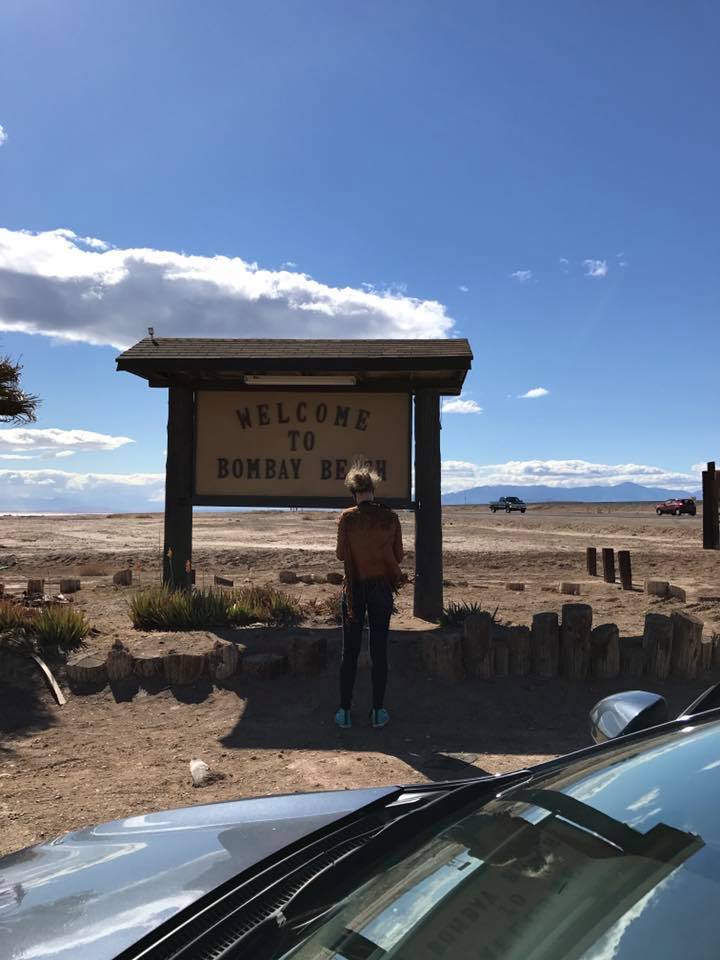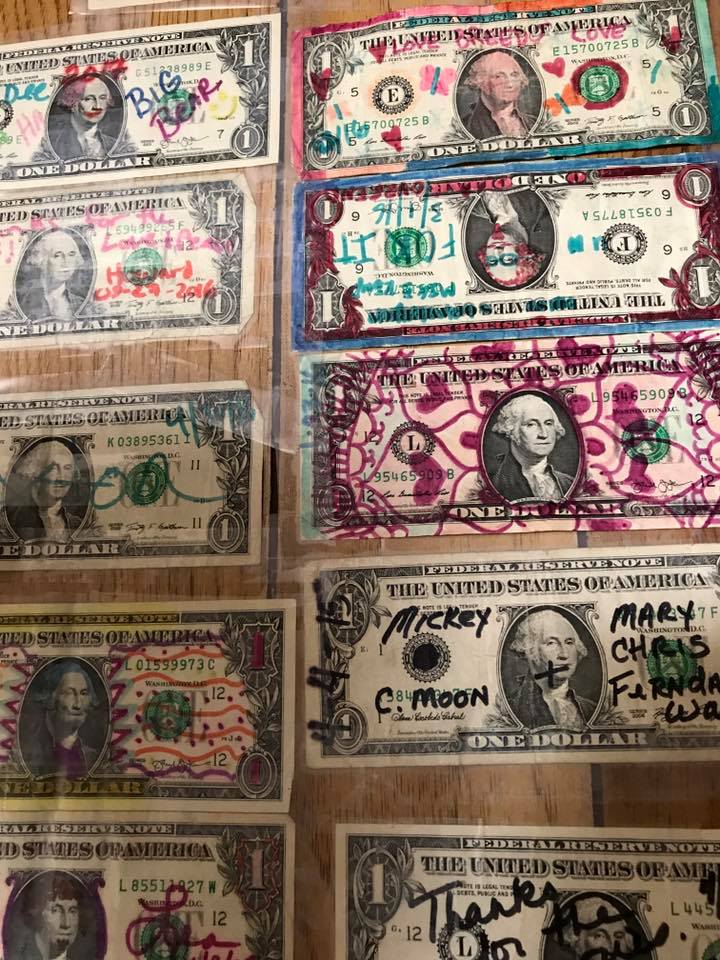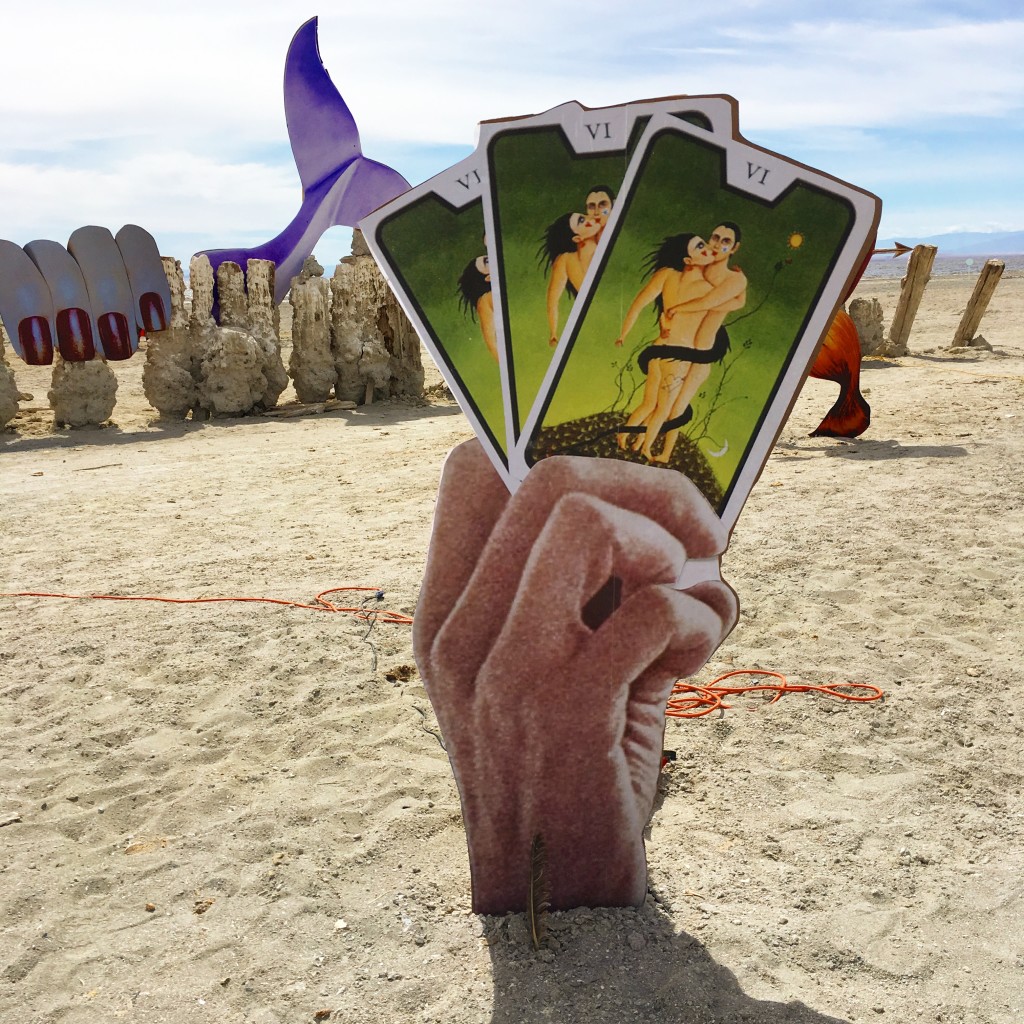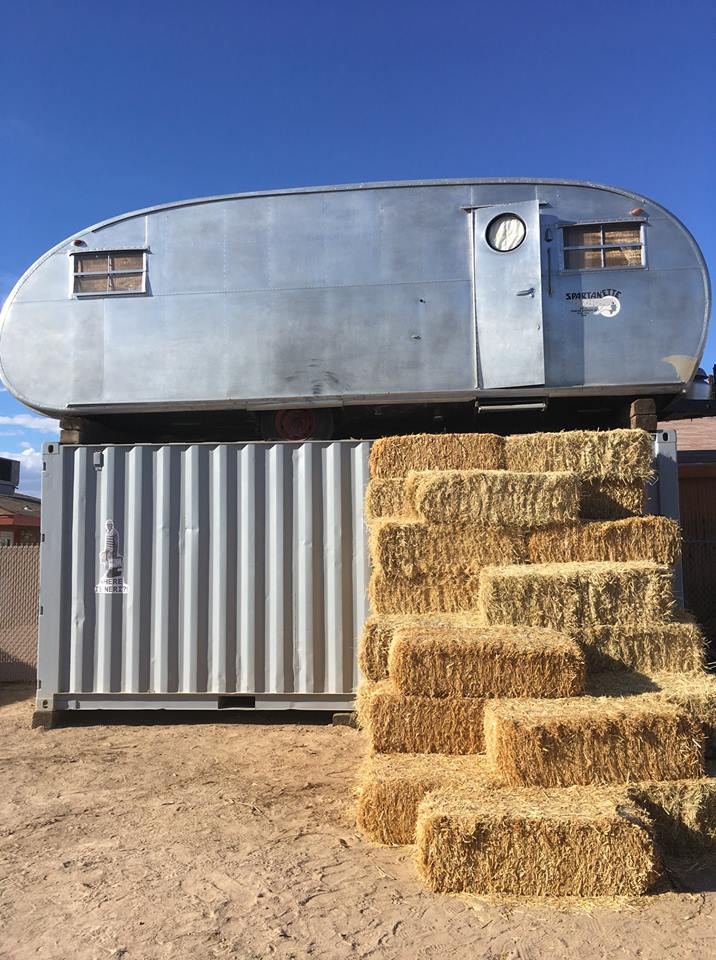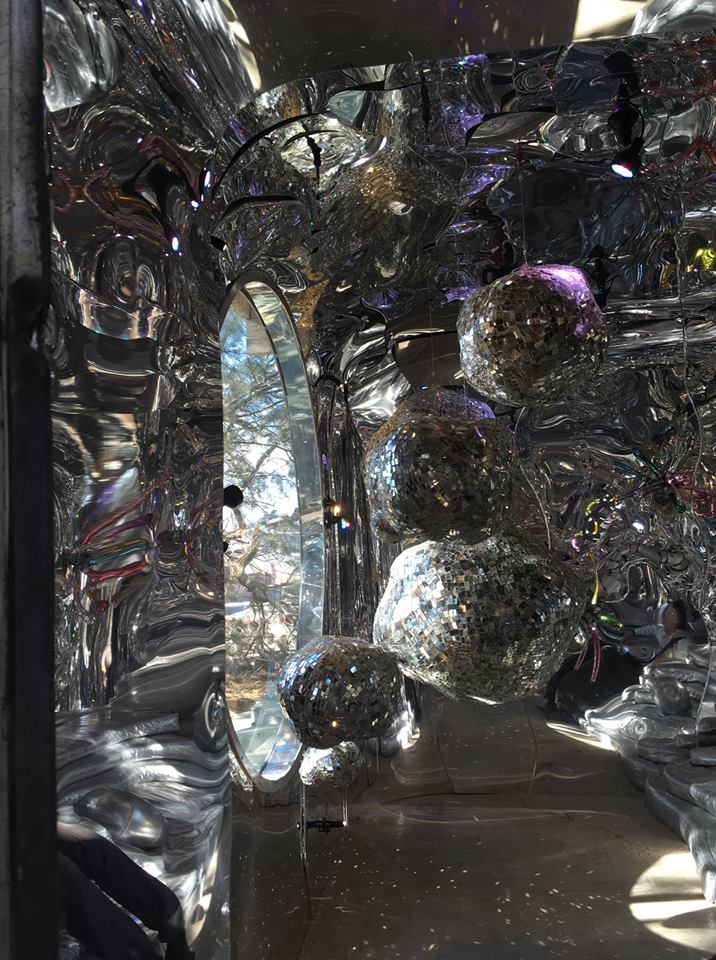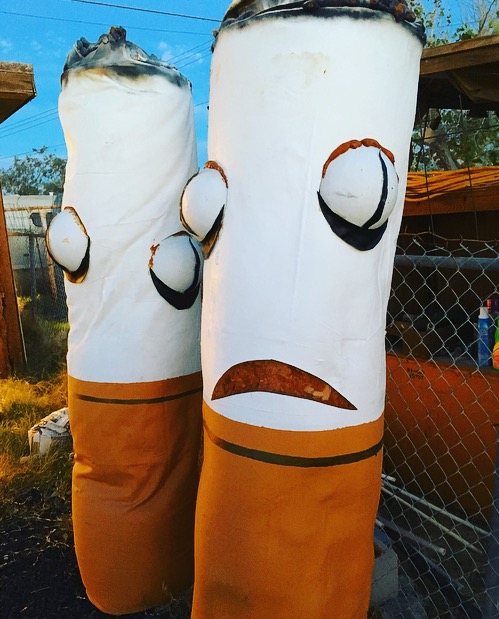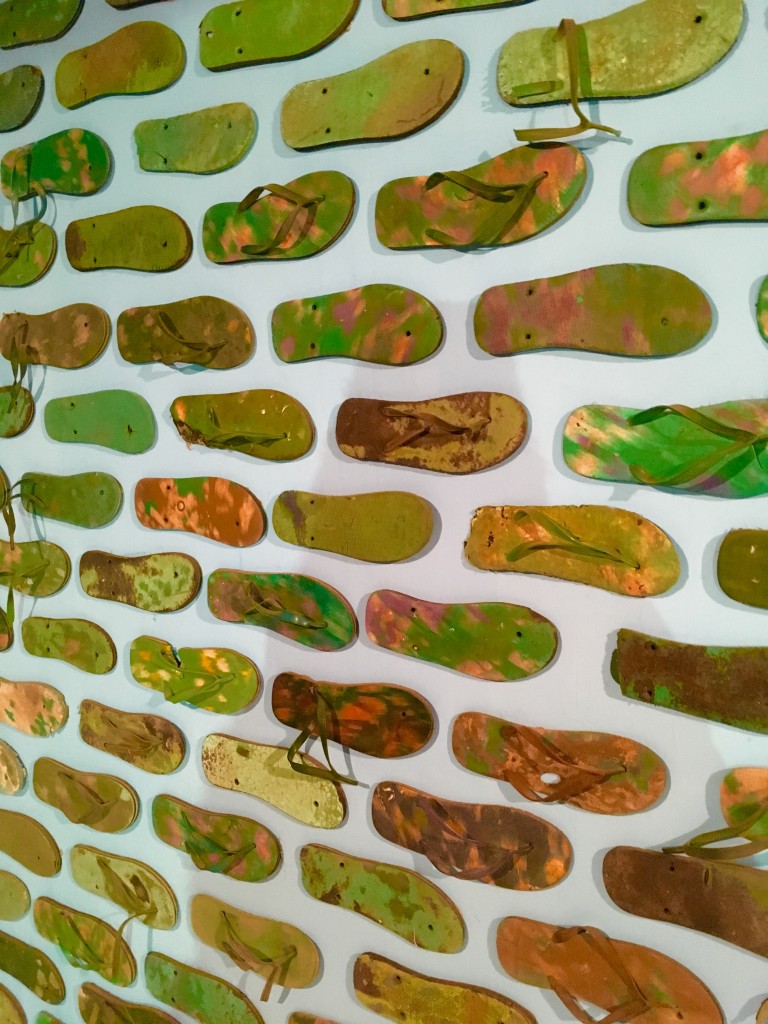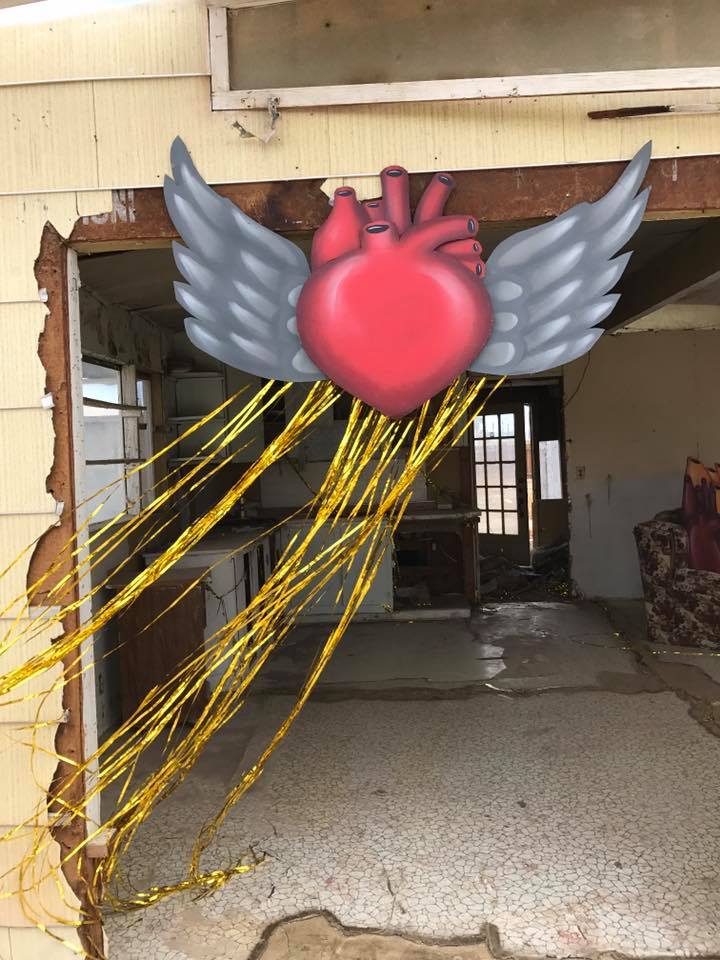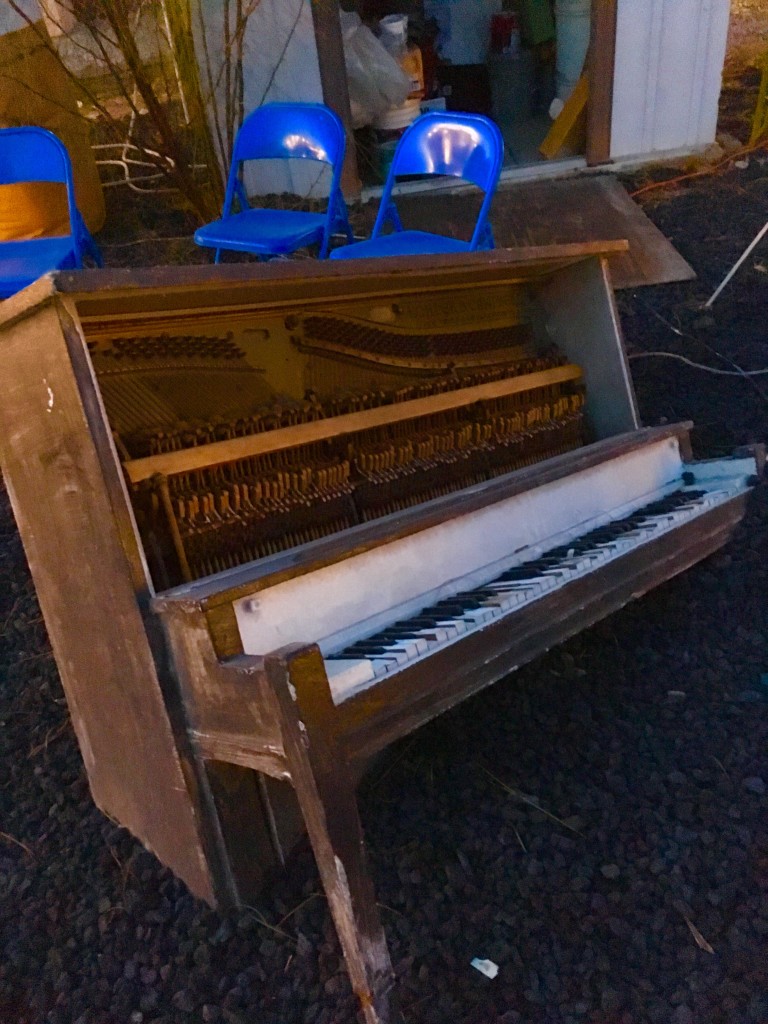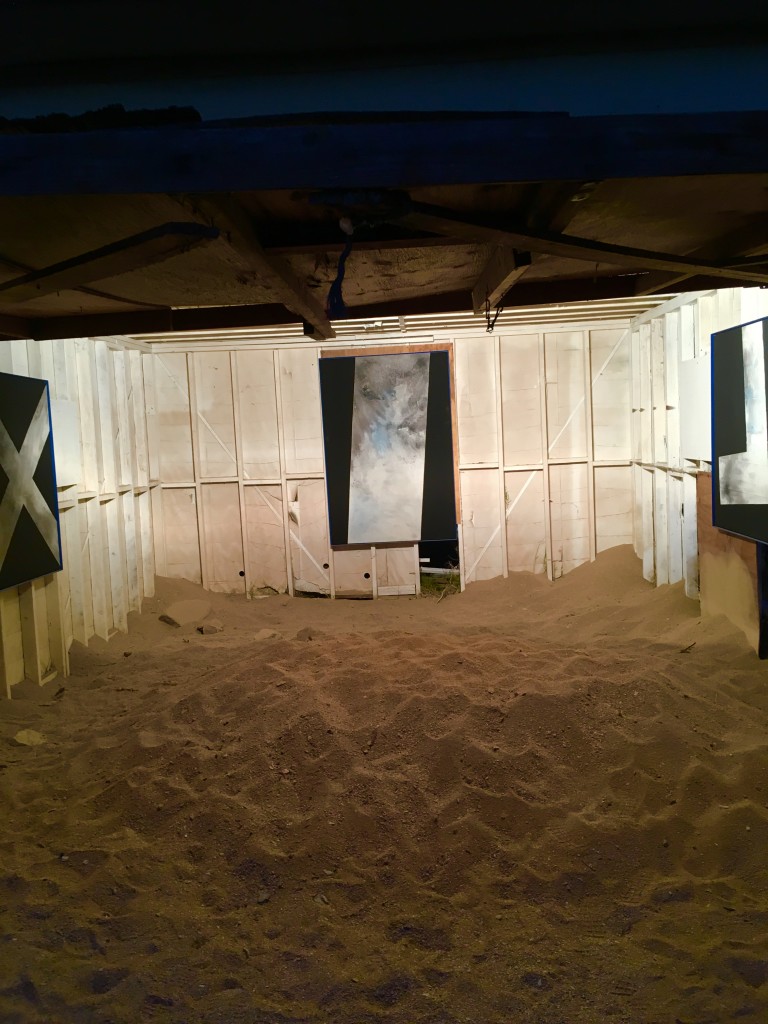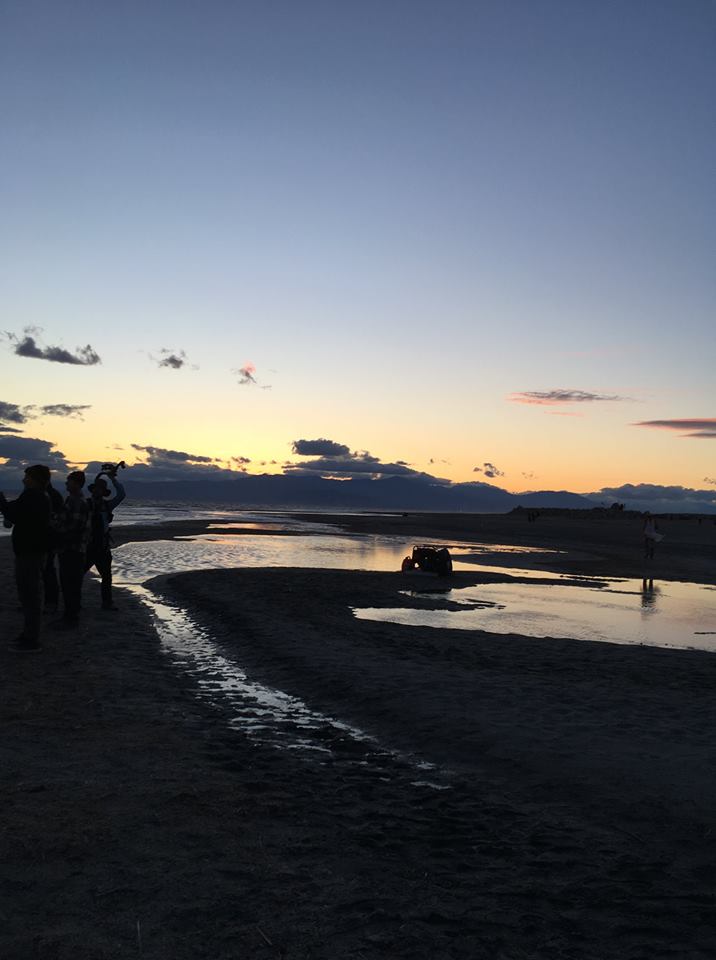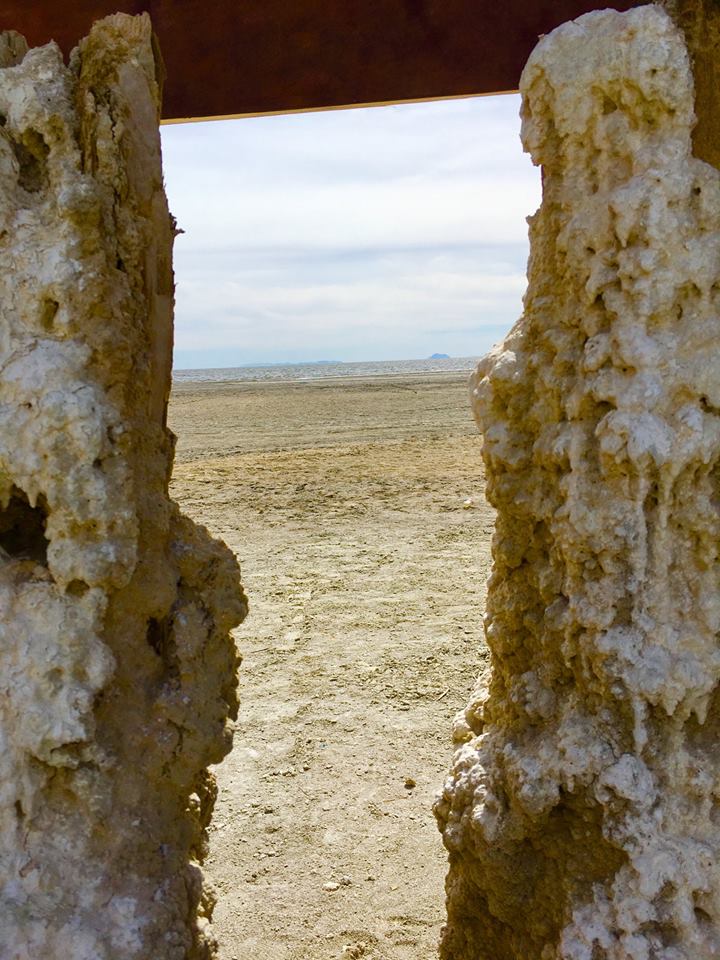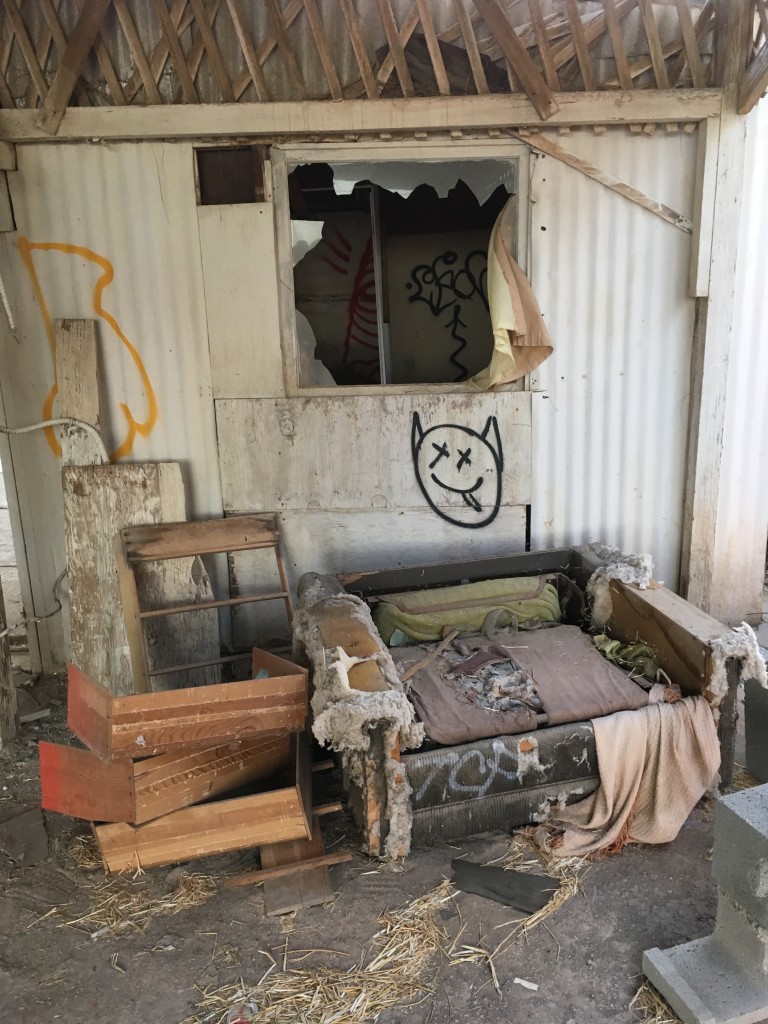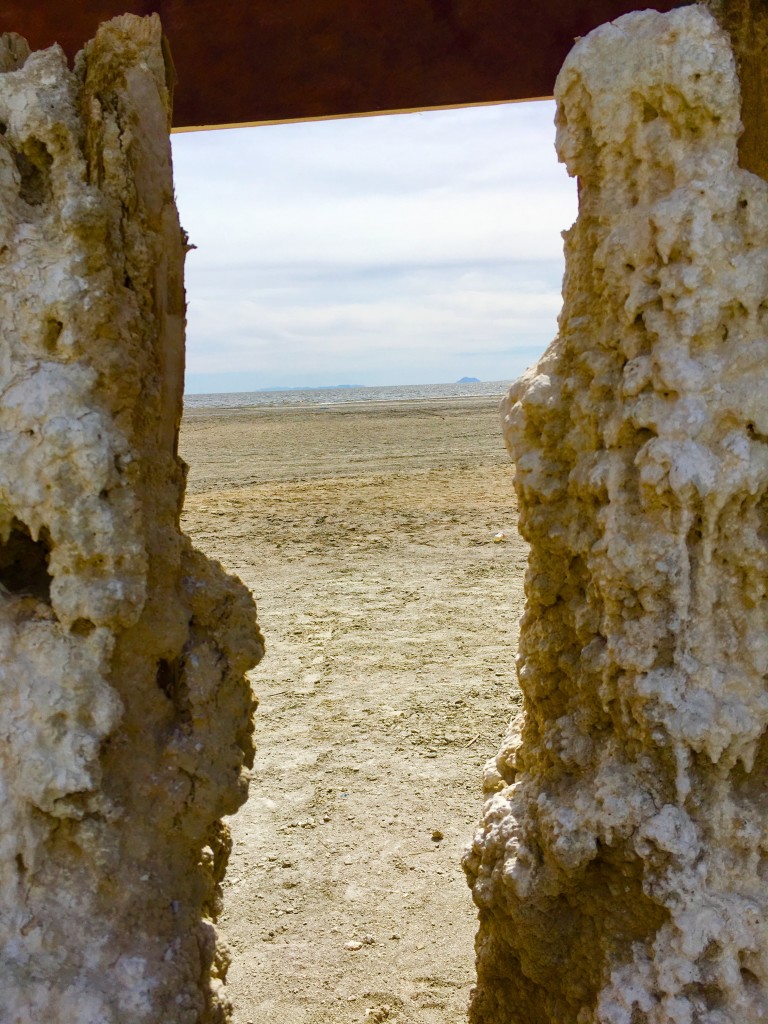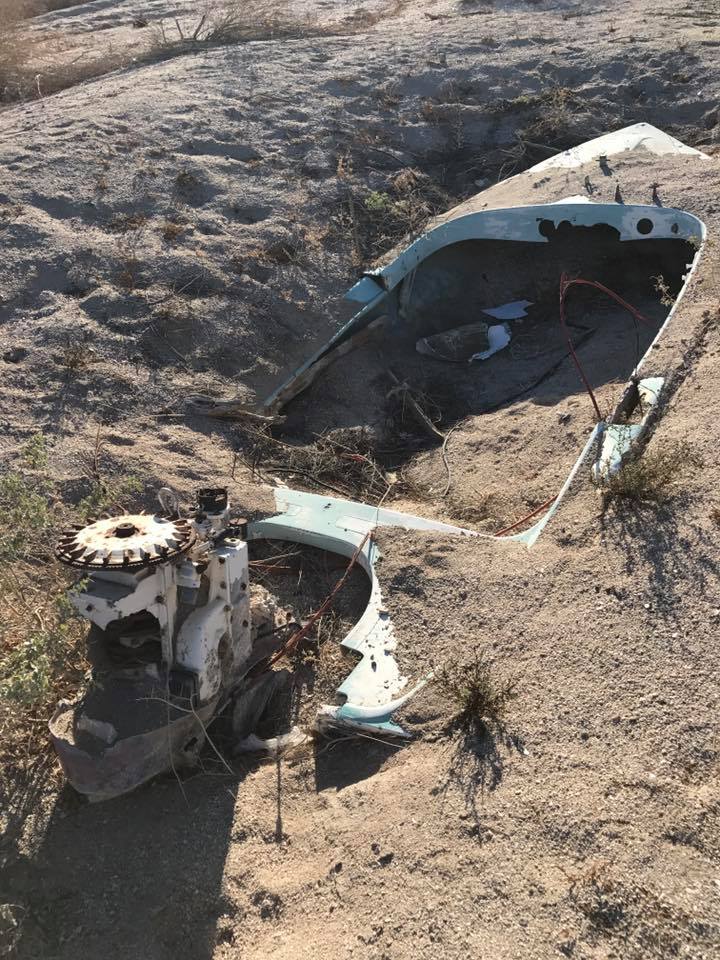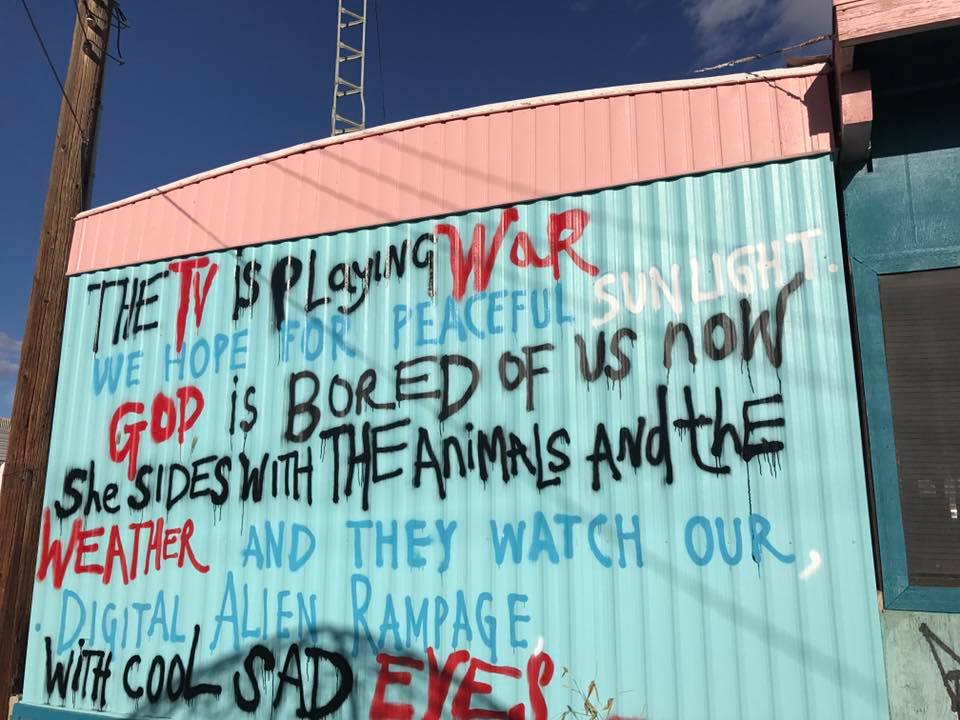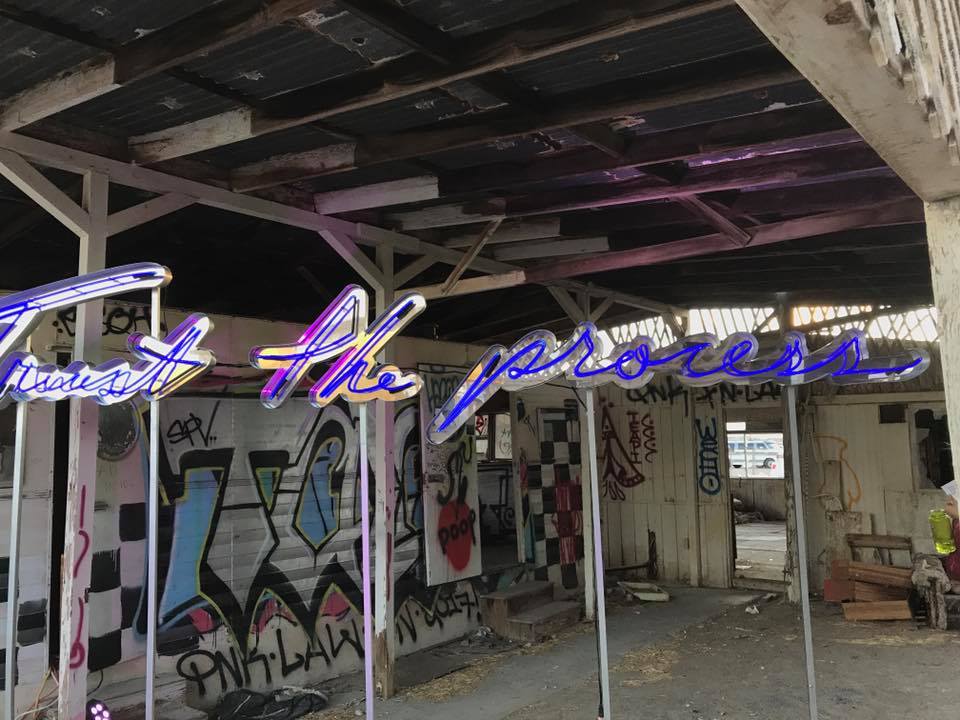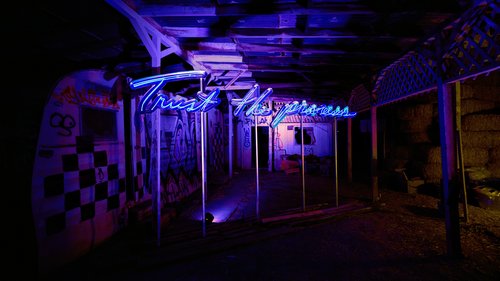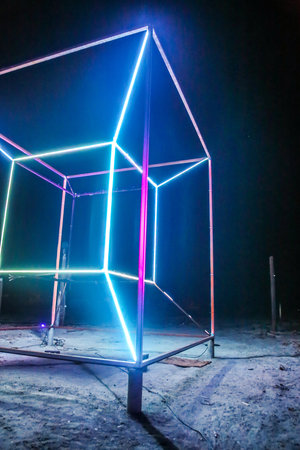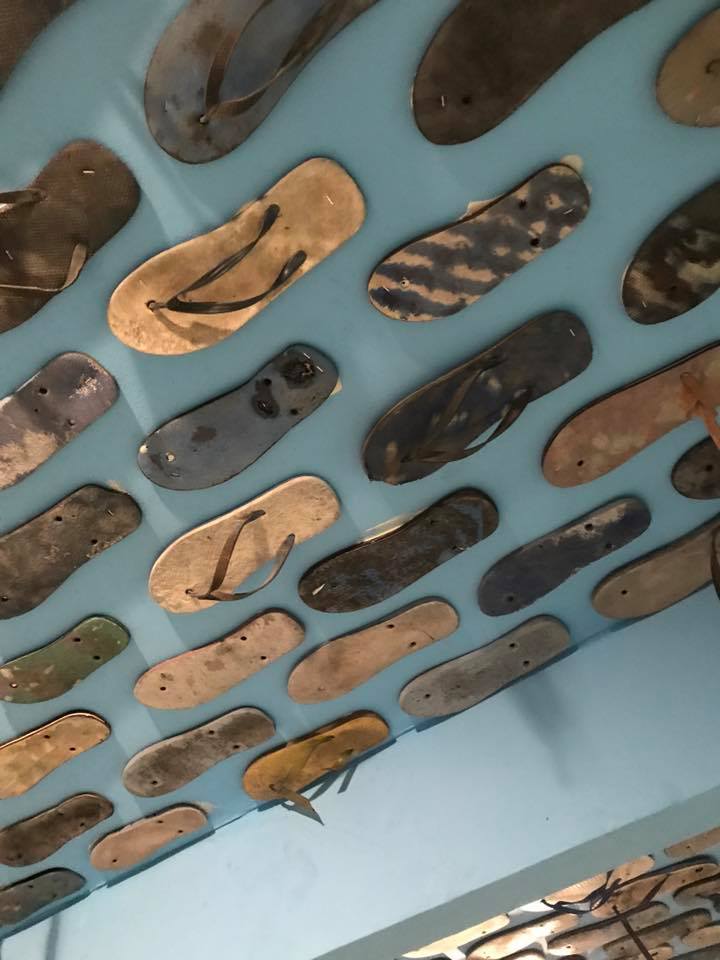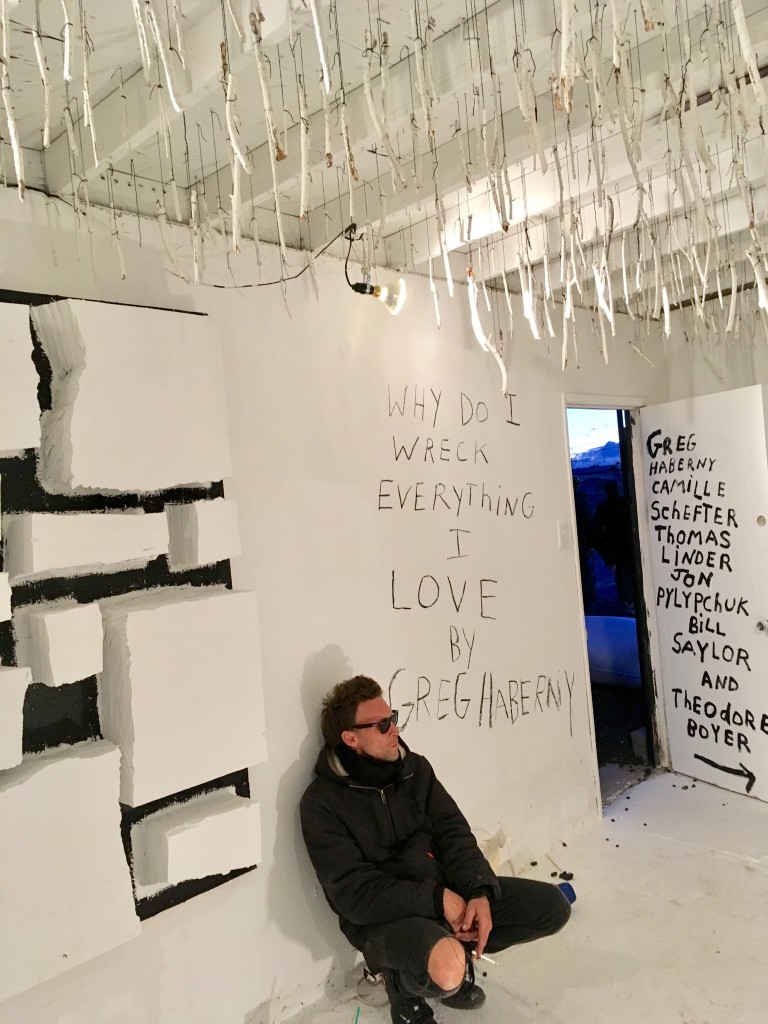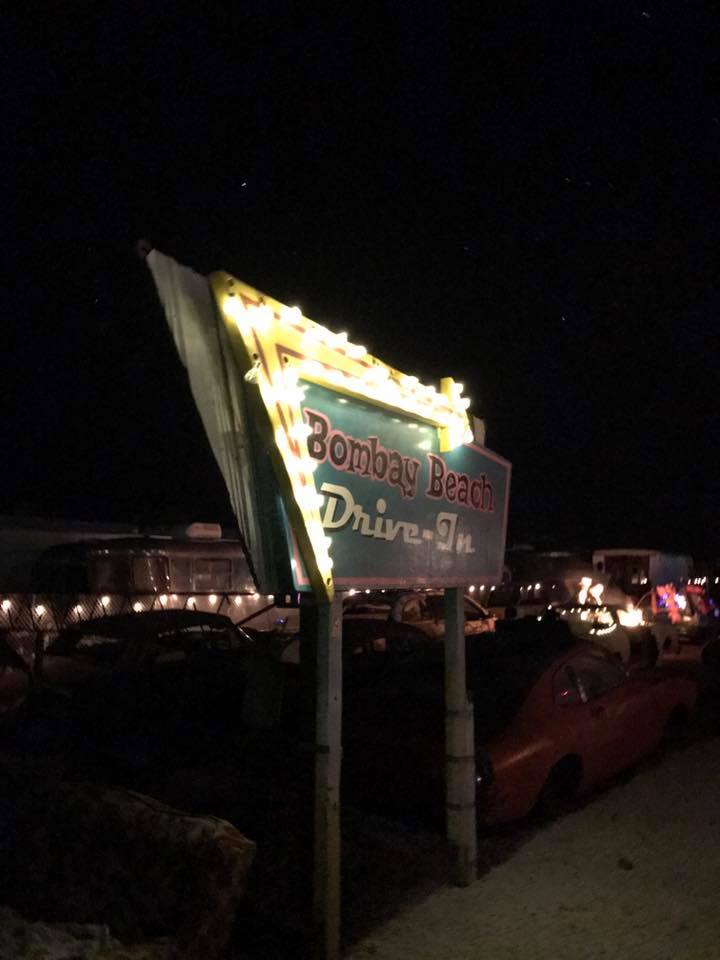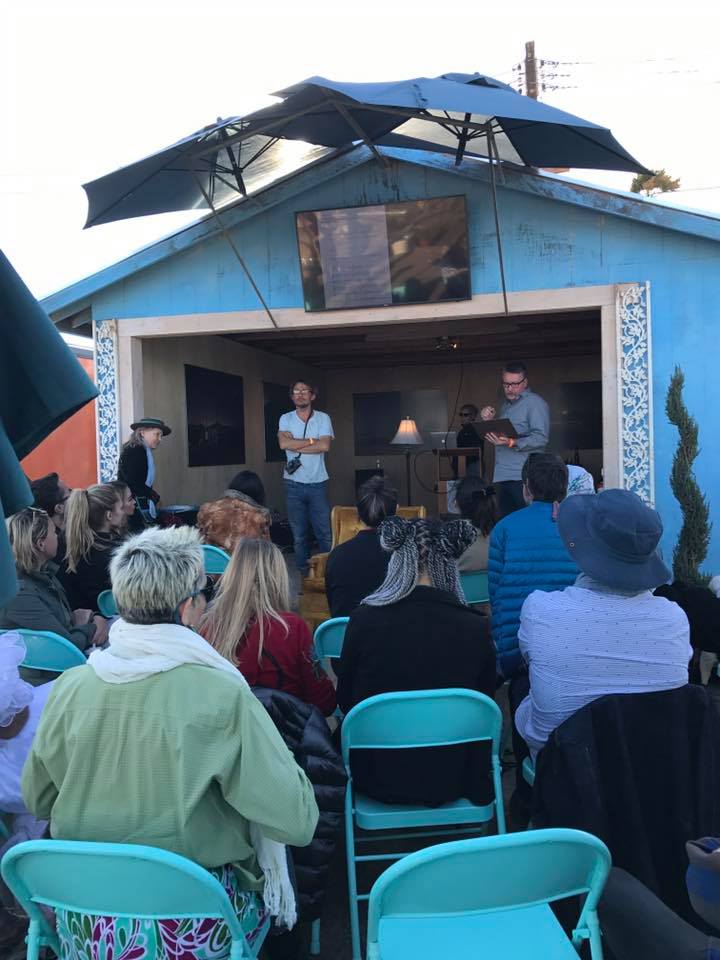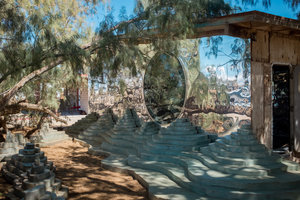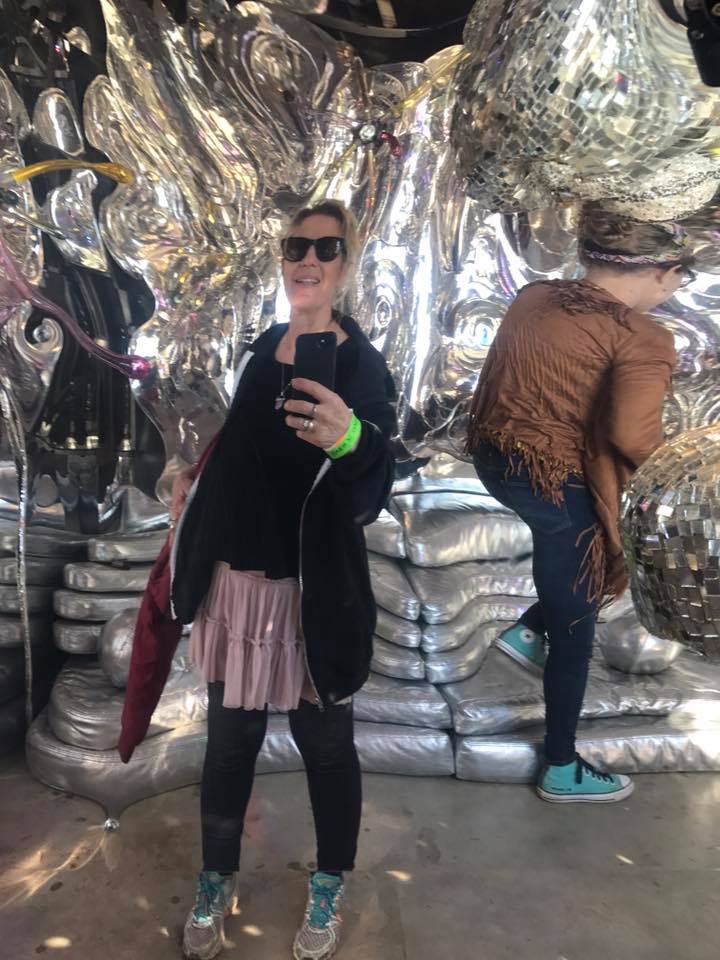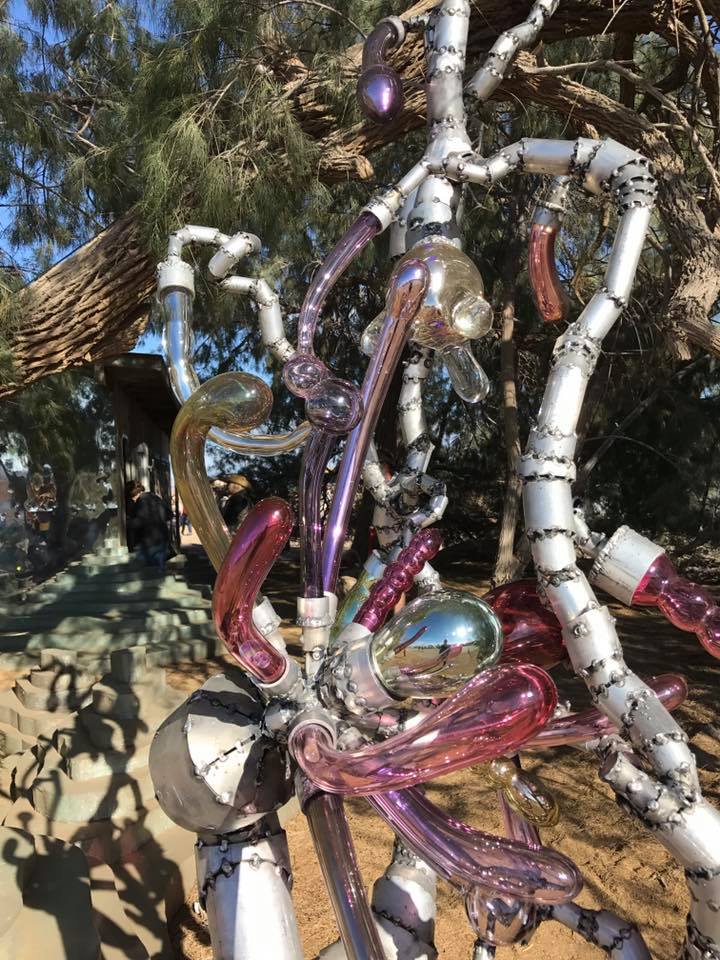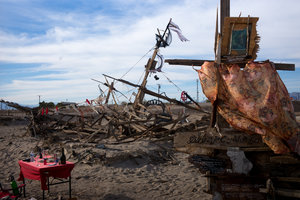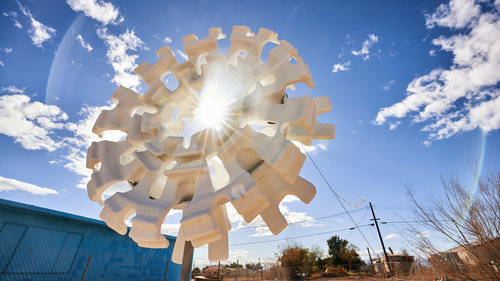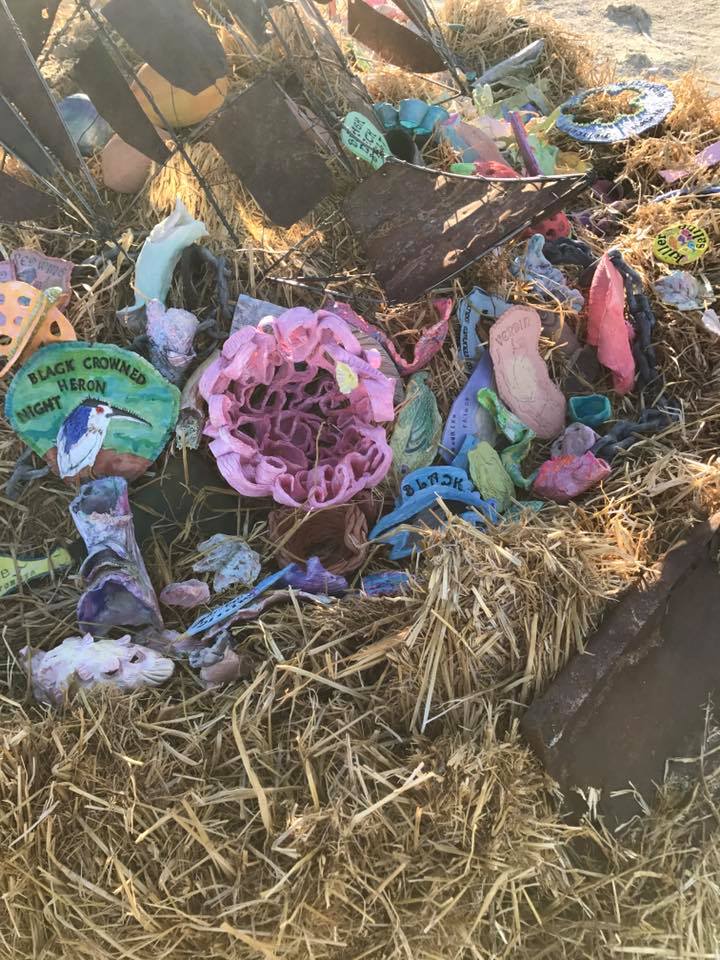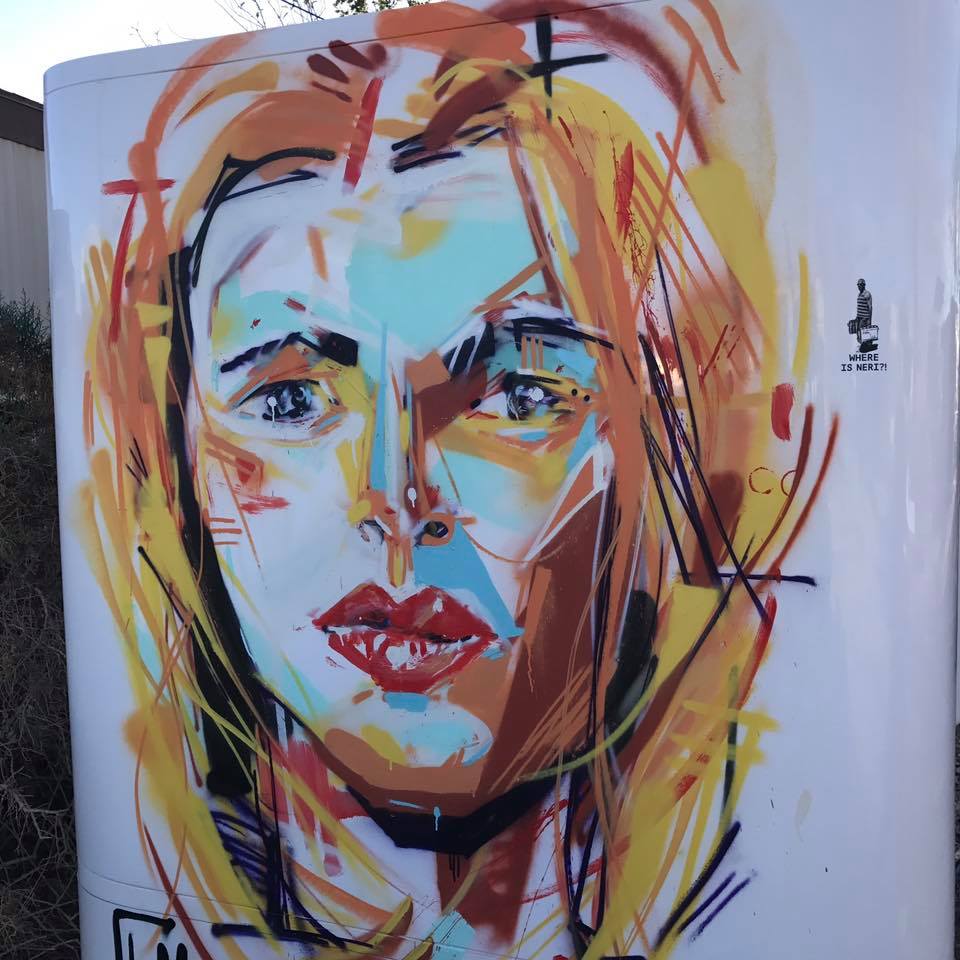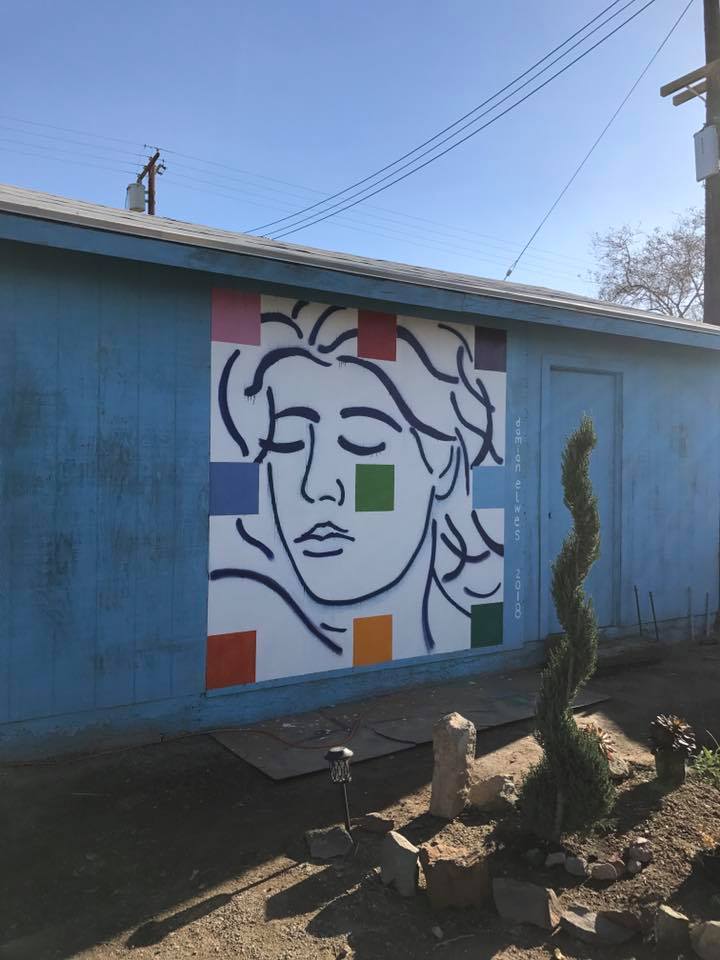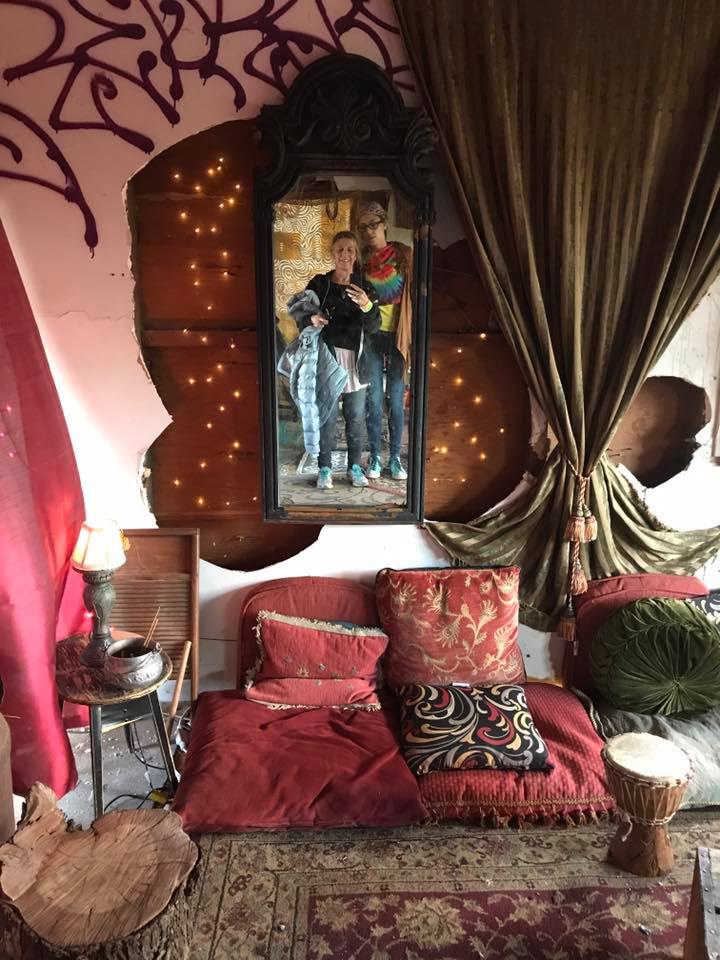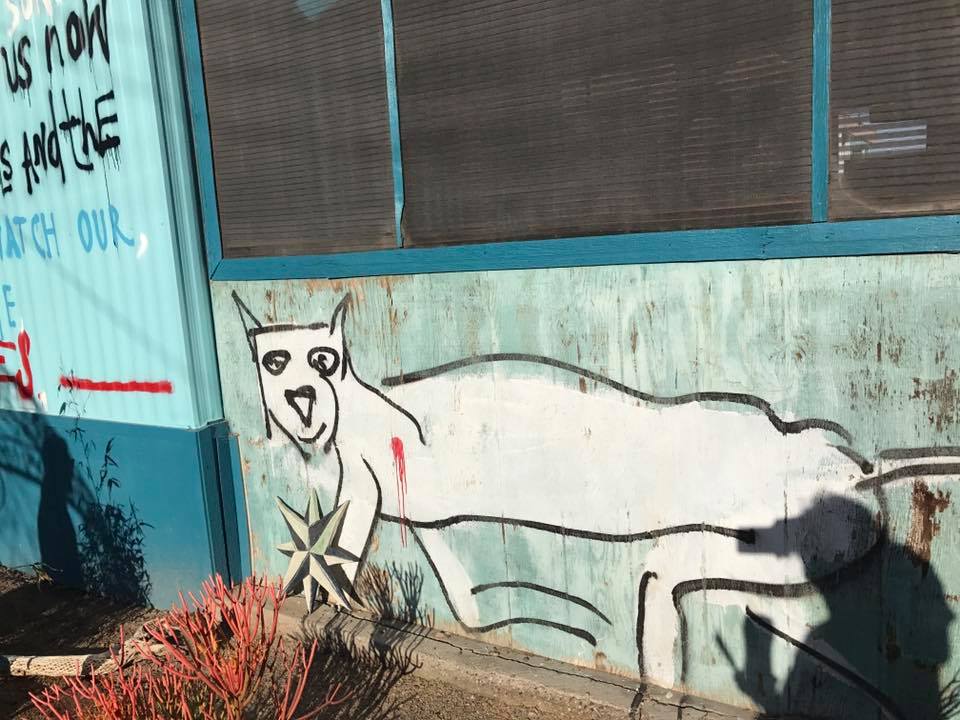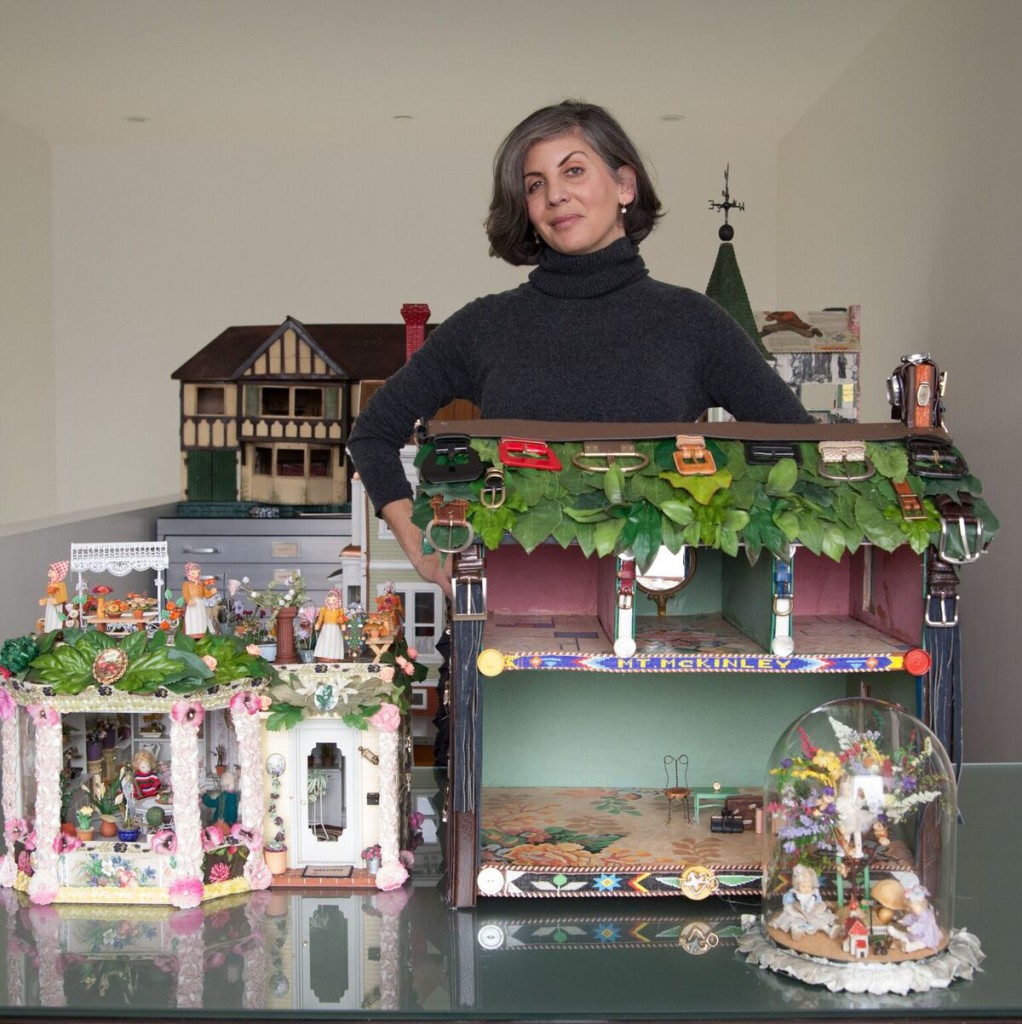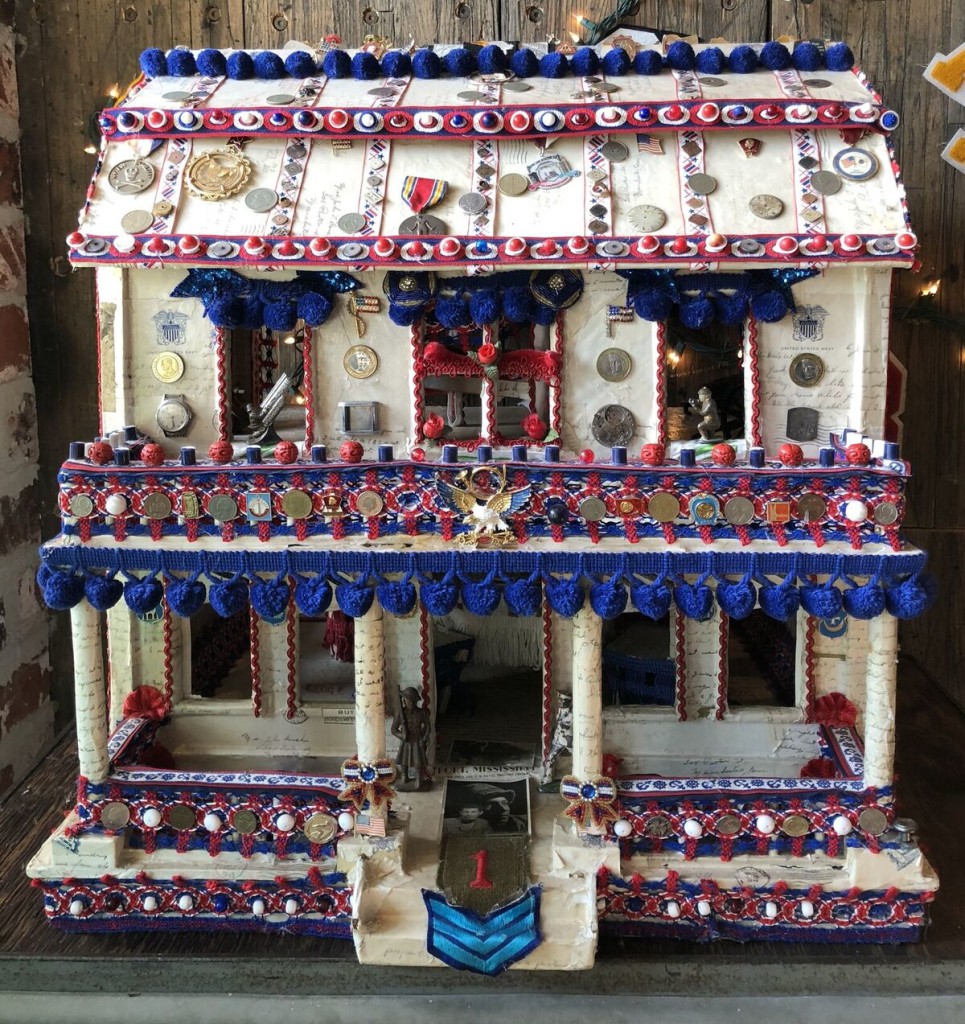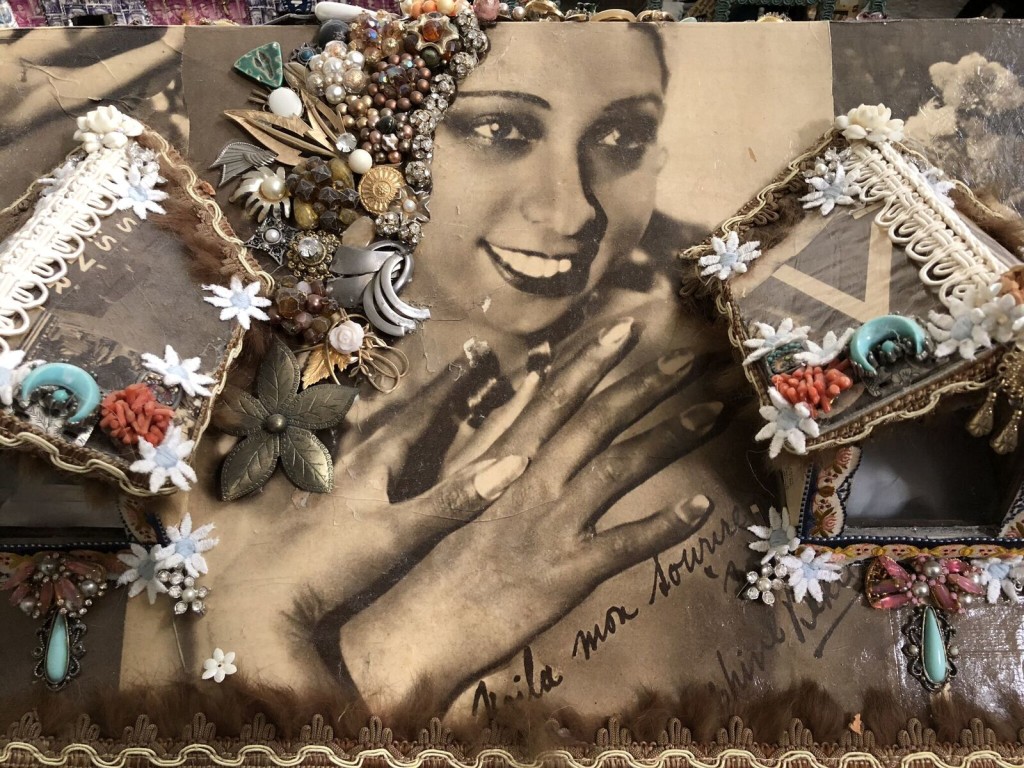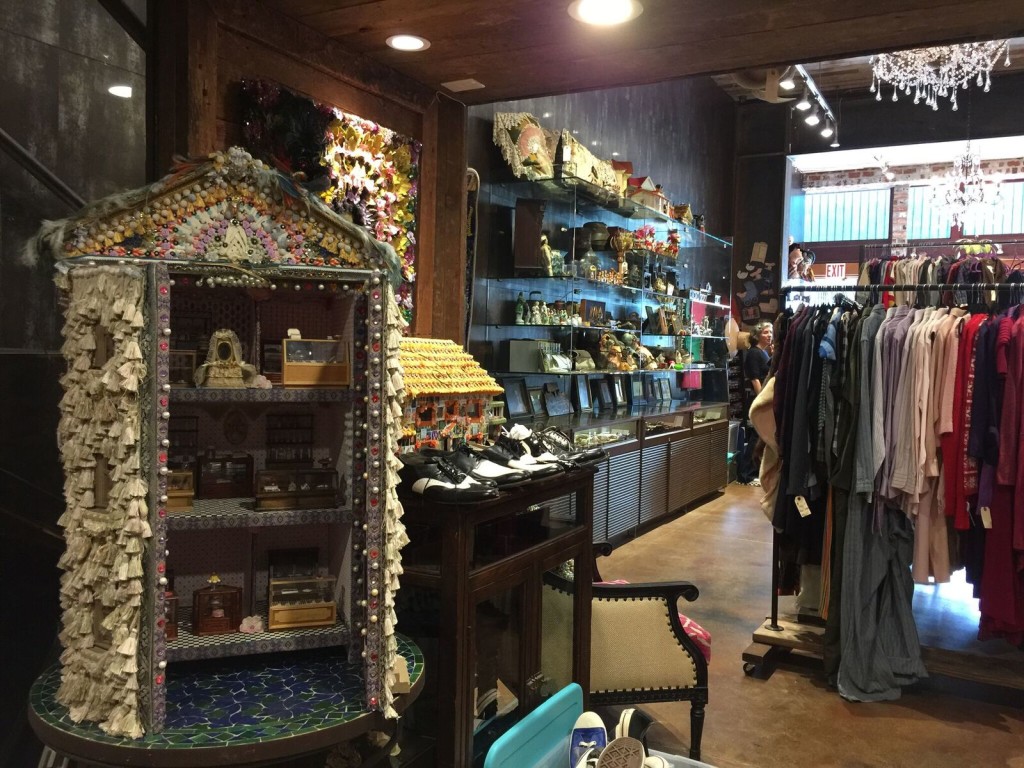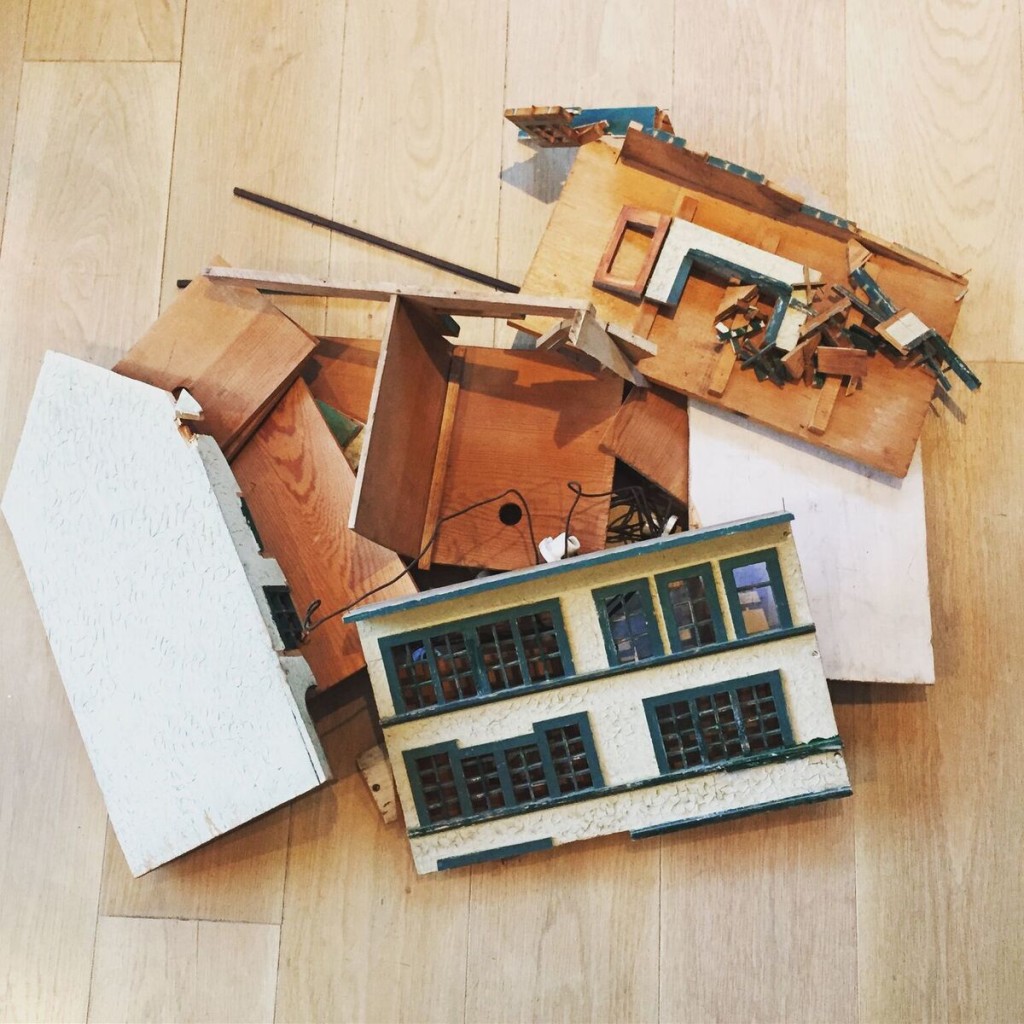Coming to Durden and Ray April 7th, is Fragments, a group show highlighting Italian artists and curated by renowned Rome-based curator Camilla Boemio, above. Boemio was deputy curator of Portable Nation, in the Maldives Pavilion in 2013 at the 55th International Art Exhibition La Biennale of Venice. In 2016, she was the curator of Diminished Capacity, the first Nigerian Pavilion at the 15th International Architecture Exhibition of the Venice Biennale.
At Durden and Ray, her exhibition looks at cultural identity and current Italian art. The exhibition will include the beginnings of a book published by Studio Permanente with text by Boemio, tracing a line between exhibiting artists’ practices in Italy and California. Held in collaboration with AAC Platform, a nonprofit art organization based in Rome, this is a dazzling exhibition of mixed media works from a strong group of artists.
According to Boemio “The exhibition aims to provide a context of confrontation, dialogue and reflection on theoretical debates on Italian art of a generation in relation to cultural identity: migration, job, crisis, spirituality, city, geopolitics. The various themes create a sort of atlas in which artistic practices trace multifaceted dynamics. In this state of change the ‘fragments’ are part of this reality sedimented by the connections with the past and the signs in progress… the complexity makes every project full of magic.”
Curating the show in the U.S. presented a few challenges, but Boemio takes them all in stride, saying they represented “… the dedication to disseminate, to show, to explain and to offer a cultural proposal of visual art that creates attention, and shakes and engages a debate with the exhibition visitors.” She adds “For me to curate is a kind of plant cultivation, to the various stages we must devote a vigilant assistance based on care, patience and time so that theories, application of concepts and artistic practice can mature. A plant needs sun and air; similarly an exhibition needs the ideal conditions to create a flow, to actively change the language of art, proposing new keys to reading, experimenting, establishing a philological order and a curatorial method and raising the critical debate.”
Boemio quotes Marx, saying “‘Philosophers have only differently interpreted the world, but the important thing is to change it.’ When can art activate and trigger new social and aesthetic ways? The curator comes into play to ensure a fertile humus by implementing the vigilant conditions and opening new avenues for thought, intercepting the ways to represent the start of a movement or research, an aesthetic process or an innovative function.”
Choosing works that represent cultural identity was a process that Boemio describes as beginning with a reflection on the concept of “the spatial, temporal, and functional role of art as an unknown, which can be understood through the tension art is trapped in; exploring new collisions with other disciplines, such as urbanism and architecture, geology and geography and the social and political interventions.” She describes her work on this exhibition as taken up with an “infinite irony, and giving only a ‘fragment’ of a polyhedral reality.” Boemio relates that she could create ten other exhibitions about the same topic, and each would feature a completely different kind of perspective.
She notes that each piece in the exhibition is her choice, and she finds it difficult to pick favorites to describe, but she offers several careful descriptions of some of the works here.
“Glimpses of a Diversities’s Politic, by Irina Novarese, employs a slow and meticulous process of a fictive, but nevertheless approximate mapping of a city’s actual existing systems and dynamics; in this case of the city of Turin. The five photographs in conjunction with an artist’s book, are the second chapter of Novarese’s investigations into the individualization of environments. In its core the project surveys urban structures as places that oscillate between desire and repulsion, between basic needs and necessities, in which a city’s accelerated flow is perceived as the last place of the social.”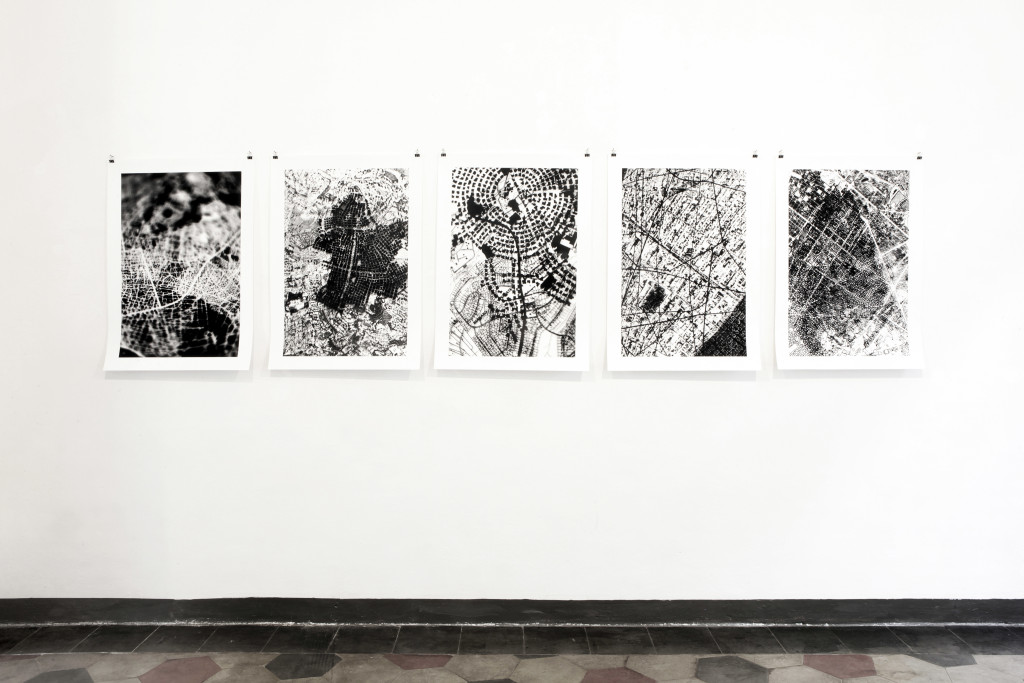
Boemio relates impressions of other works, including that of Giulio Lacchini, and Maria Antonietta Scarpari, who creates “meditative states of looking, in which boundaries between the outside world and internally visualized spaces break down. In so doing, Scarpari makes images of what it means and feels like to see, whether this is understood to be a physical or metaphysical phenomenon… For this exhibition three drawings dialog with her pictorial vocabulary–foreground, background, representation, with the installation Honey money Italy and an Arab carpet.”
Boemio also makes note of the work of Maria Rebecca Ballestra, and Ryts Monet, of whom she says “The golden surface of Monet’s “Carpet” reflects light, and its chromatic and material element gives the work a precious as well as fragile look. The combination of matter and image evoke a symbol of protection and prayer intrinsic in the work.
The exhibition opens at Durden and Ray in DTLA on April 7th, with a reception from 4-7; it runs through April 28th.
Genie Davis; photos courtesy of Camilla Boemio and Durden and Ray



